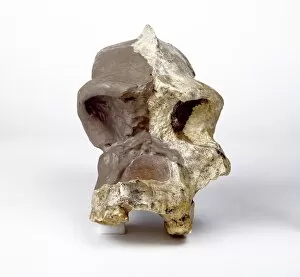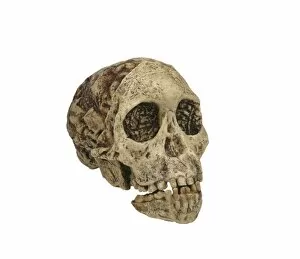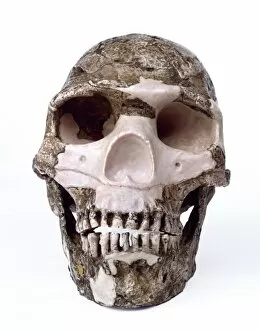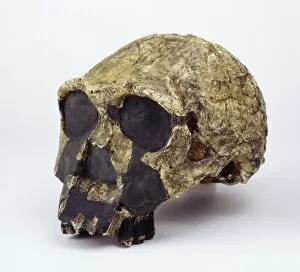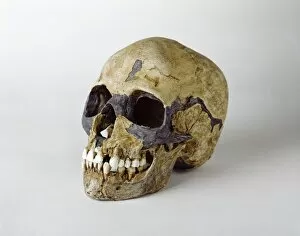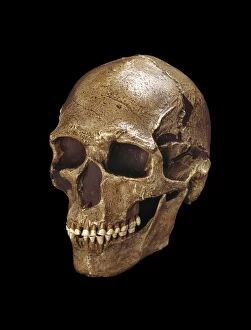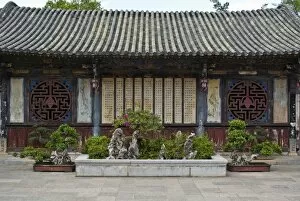Ancestral Collection (page 5)
"Journey through Time: Ancestral Treasures from Around the World" As a colorful sunset blossoms across the New Mexico sky
All Professionally Made to Order for Quick Shipping
"Journey through Time: Ancestral Treasures from Around the World" As a colorful sunset blossoms across the New Mexico sky, we embark on a captivating journey to explore ancestral wonders that span continents and cultures. From the majestic Hovenweep Castle in Utah's Hovenweep National Monument to the enchanting Inverary Castle nestled in Argyll, Scotland, these architectural marvels stand as testaments to our rich heritage. Venturing further, we find ourselves at Penshurst Place near Tonbridge, Kent, where history whispers through every stone of this magnificent estate. Meanwhile, in Sulawesi, Indonesia's Tana Toraja region, traditional Tongkonan houses proudly showcase intricate craftsmanship passed down through generations. In Turkey's Tomak village, men engage in ancient exercises that have been practiced for centuries - a testament to their dedication towards preserving ancestral traditions. Similarly, Koldinghuus in Denmark stands tall as a reminder of past glory and cultural significance. Delving into early photographs of the Sami People reveals glimpses into their way of life and deep-rooted connection with nature. Moving eastward brings us face-to-face with Buman (Illig Qaghan), founder of Kaghanate Bum�an (Illig Qaghan), an influential figure whose legacy shaped Central Asia. Amidst all this splendor lies the heartwarming sight of archers on horseback galloping across vast landscapes - an image that encapsulates both strength and tradition. And finally, standing before traditional Toraja family tombs and villages in Sulawesi's Rantepao region fills us with awe for their unique burial customs that honor ancestors' spirits. These ancestral treasures serve as reminders of our shared human history and inspire us to cherish our roots while embracing diversity.

